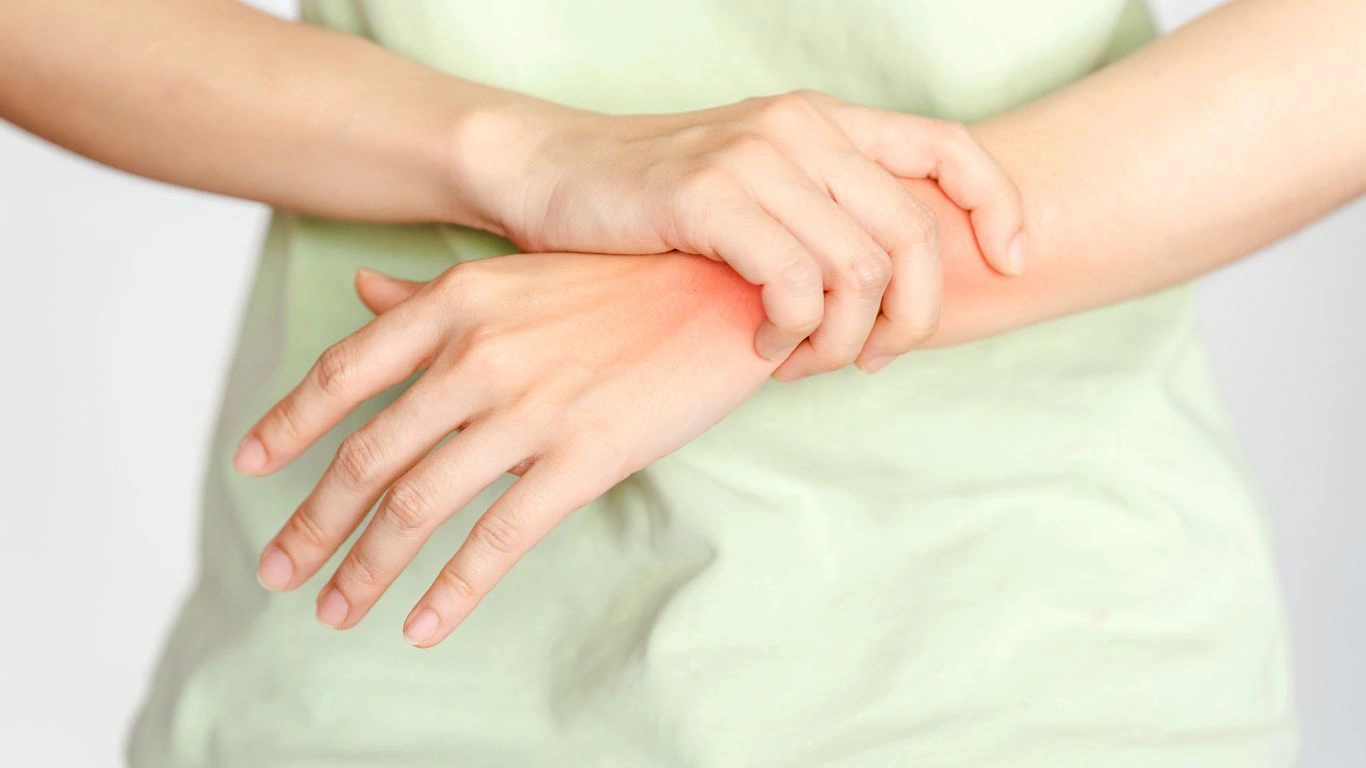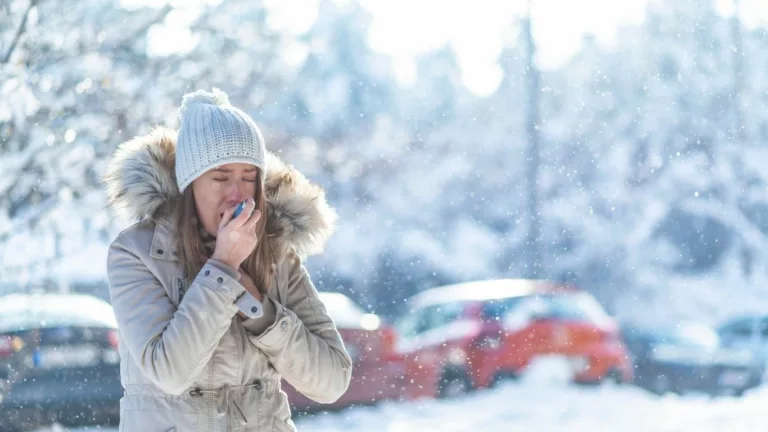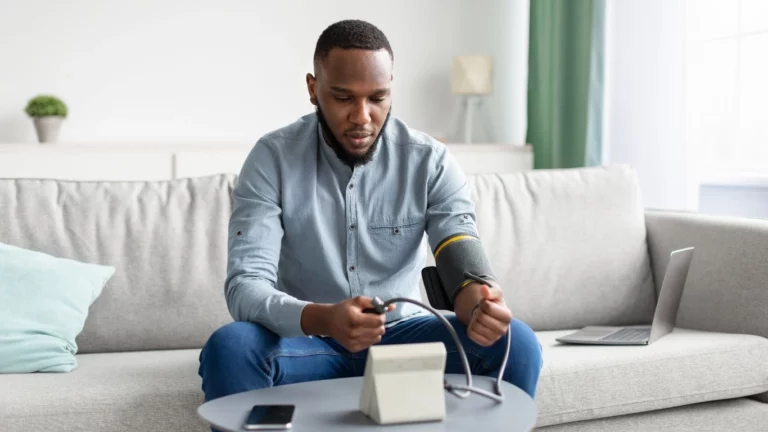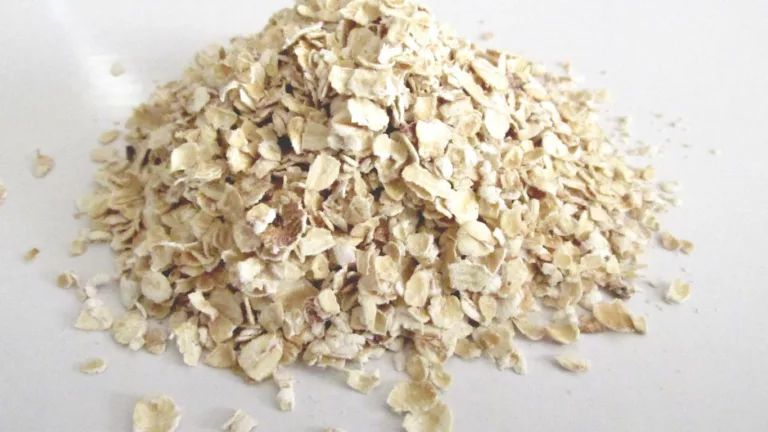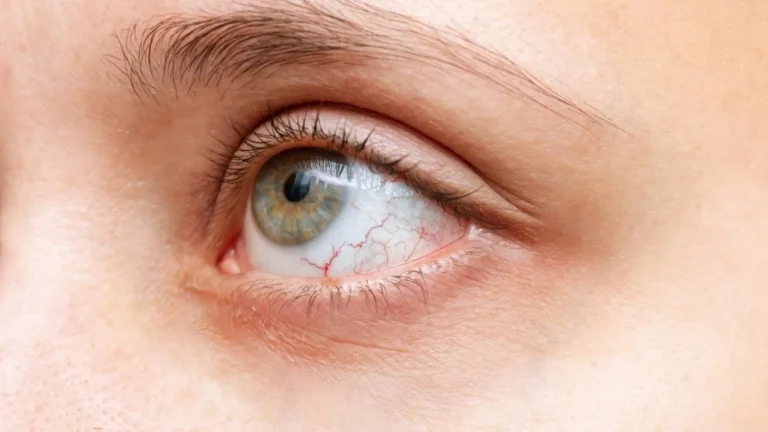Can rheumatoid arthritis cause skin lesions? The Surprising Connection You Need to Know
As a Rheumatoid Arthritis expert, I often get asked about the surprising symptoms that come with RA, and one question that frequently pops up is: Can rheumatoid arthritis cause skin lesions? It’s a great question, and one that not many people talk about, especially since RA is typically associated with joint pain, stiffness, and swelling. But trust me, if you or someone you love has RA, it’s important to understand that this disease doesn’t just stop at the joints.
In this article, I’ll dive deep into how RA can affect the skin, what types of skin lesions you might see, and, more importantly, how you can manage them. If you’re dealing with these skin changes yourself, I’ve got you covered with some practical tips, success stories, and answers to your most common questions.
So, Can Rheumatoid Arthritis Cause Skin Lesions?
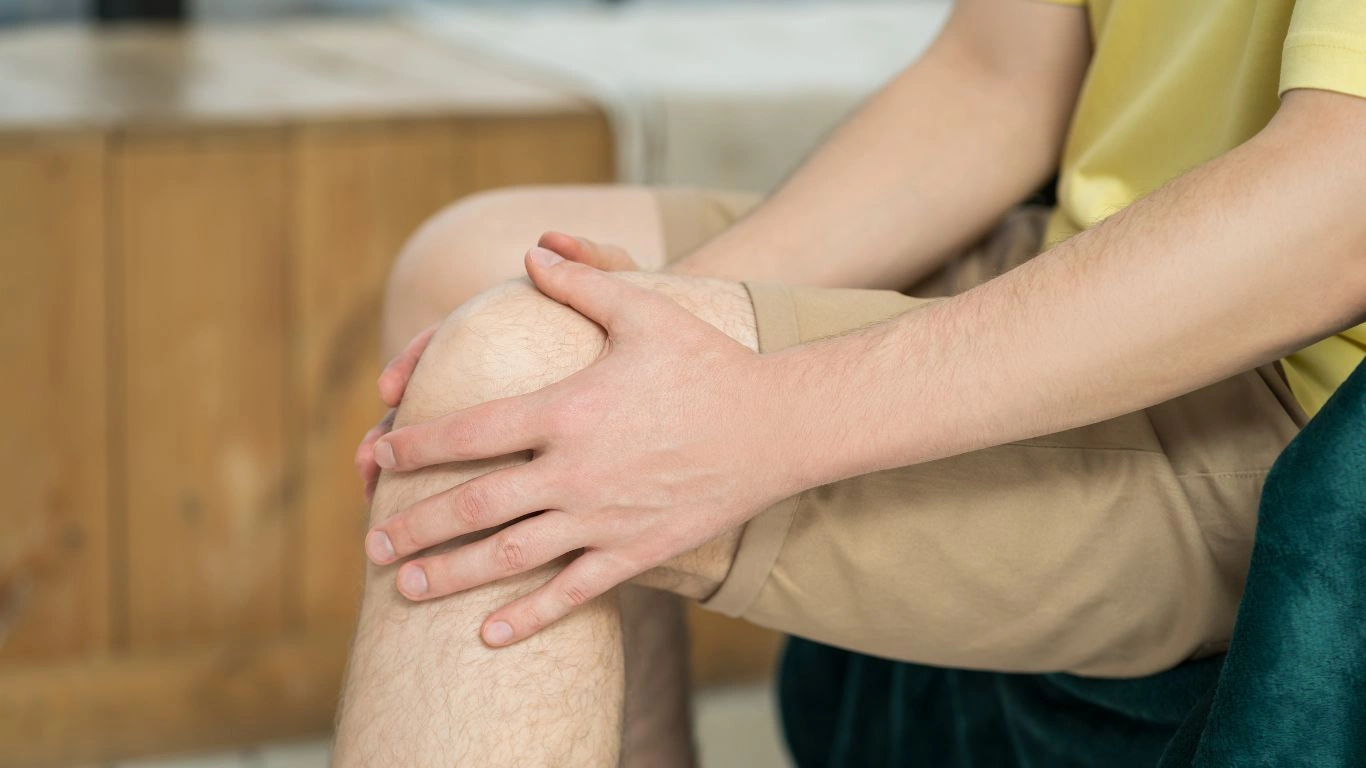
I’ll be honest—when I first started out as a Rheumatoid Arthritis expert, I was a bit surprised by the wide range of symptoms that could pop up with this disease. I thought I knew it all, but over the years, I’ve learned that RA can affect way more than just your joints. Here’s the deal: Yes, rheumatoid arthritis can lead to skin lesions, but it’s not the first thing people think about when they hear “RA.” The truth is, there’s a strong link between RA and various skin conditions, ranging from mild rashes to more severe issues like ulcers or nodules. It all depends on how your body reacts to the inflammation caused by RA.
Types of Skin Lesions Linked to RA
When it comes to RA-related skin problems, there are a few common culprits: 1. Rheumatoid Nodules These are probably the most well-known skin lesions linked to RA. They’re firm, round bumps that form under the skin. You’ll often find them around pressure points like the elbows, knees, or fingers. These nodules can vary in size, and while they don’t usually cause pain, they can be pretty unsightly and, at times, uncomfortable. 2. Rashes RA patients may develop a rash that appears as red, scaly patches on the skin, especially around areas that rub against clothing or where friction is common. These rashes are often mistaken for other conditions, like eczema or psoriasis, but they are, in fact, tied to RA. 3. Vasculitis Now, this one’s a bit more serious. Vasculitis is when inflammation affects the blood vessels, and it can lead to changes in the skin like discoloration, bruising, or even ulcers. It’s not something every RA patient will experience, but it’s important to be aware of, especially if you start noticing more drastic changes in your skin. 4. Ulcers and Lesions For some people with severe RA or those dealing with vasculitis, ulcers can form on the skin. These are open sores that can be painful and may require medical treatment to prevent infection and promote healing.
Troubleshooting Common Issues with RA-Related Skin Lesions
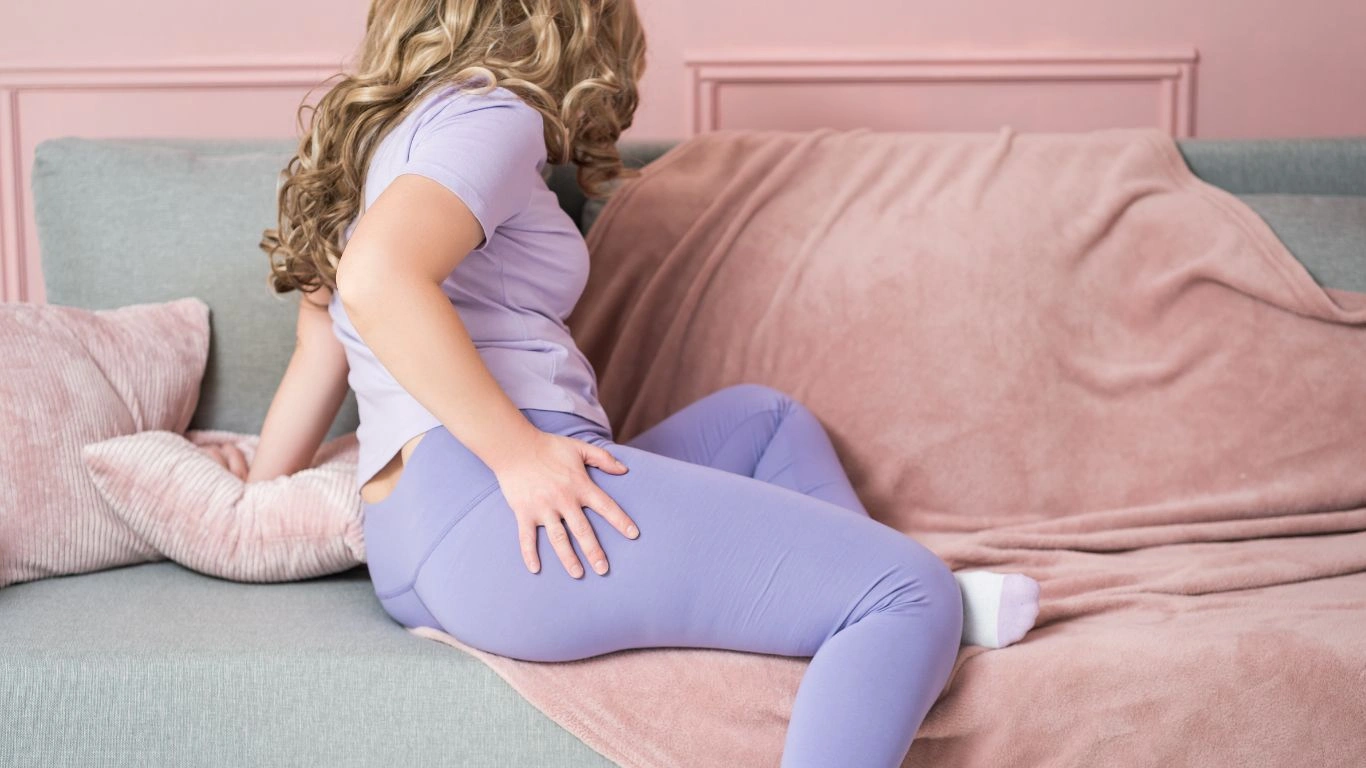
I can’t tell you how many times I’ve seen patients struggle to get the right diagnosis for their skin issues. RA is one of those tricky diseases that can cause symptoms that mimic other conditions. So, how do you troubleshoot when you start seeing changes in your skin?
1. Misdiagnosis is Common
RA skin lesions can easily be confused with other skin conditions. I’ve had patients who were first diagnosed with something completely different—like psoriasis or an allergic reaction—because the symptoms looked similar. If you notice skin lesions and have RA, don’t assume it’s just a random rash. It’s always worth checking in with your rheumatologist to make sure it’s actually related to RA.
2. Treatment Adjustments Are Key
If you’re dealing with skin lesions, your treatment plan might need an adjustment. I’ve worked with patients who initially treated their RA with just methotrexate or another DMARD (disease-modifying antirheumatic drug), but the skin issues persisted. In cases like that, we might introduce corticosteroids, either topically or as part of a broader treatment strategy. The right meds can help you manage both the joint and skin symptoms.
3. Preventing Infection
Another challenge is infection. RA patients with skin lesions are more vulnerable to skin infections, especially if you have ulcers or broken skin. It’s super important to keep the area clean, apply any prescribed ointments, and monitor for signs of infection like redness, increased pain, or pus. Don’t try to tough it out—see your doctor if you’re worried about infection.
4. Managing
Lifestyle Factors Taking care of your skin and your RA can go hand in hand. I always tell my patients to stay hydrated, use moisturizers to protect the skin, and avoid tight clothing that can aggravate skin lesions. Also, be mindful of sun exposure—while a little sunlight is fine, too much can irritate RA-related skin issues.
Case Studies / Success Stories
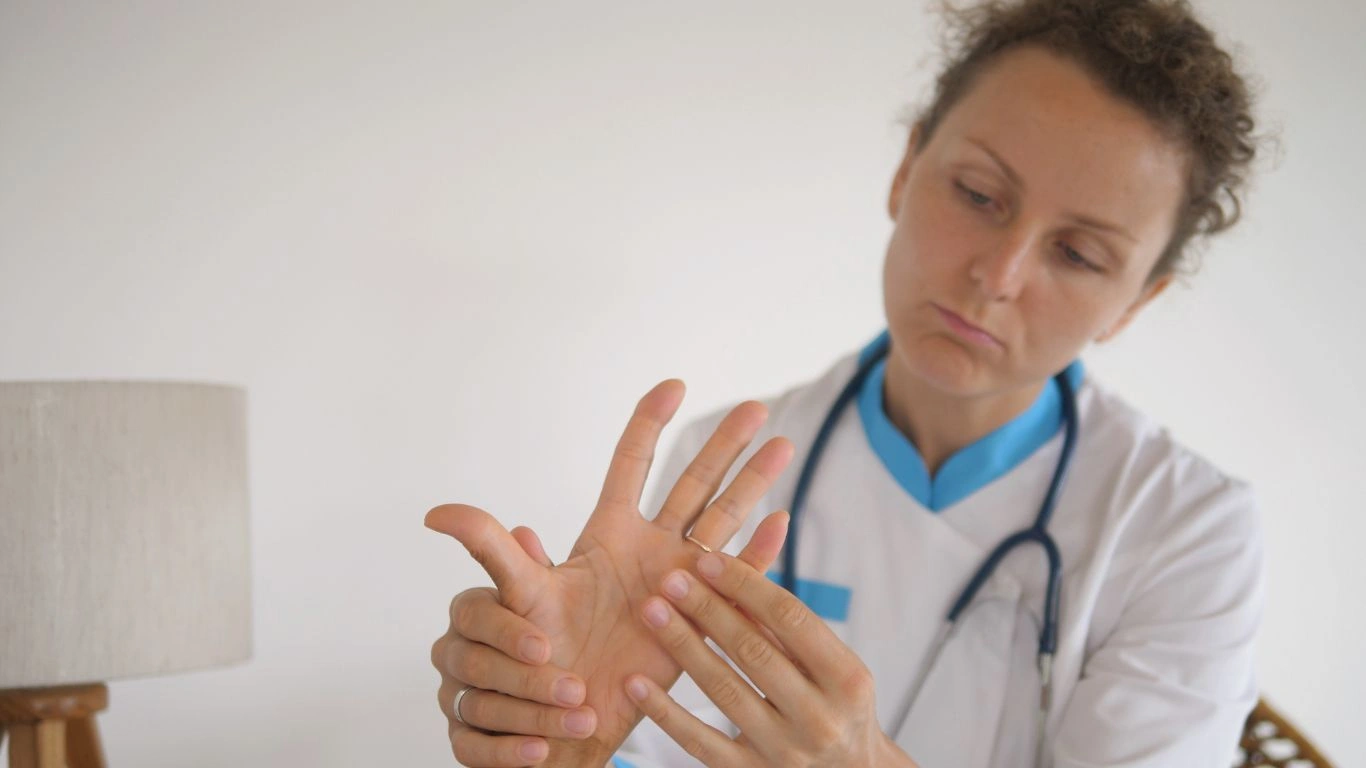
One of the most rewarding parts of my job is seeing how small changes can make a huge difference in a patient’s life. Let me share a couple of success stories that really stand out.
Case Study 1: Sarah’s Battle with Rheumatoid Nodules
Sarah, a 52-year-old woman, came to see me after she noticed hard bumps forming around her elbows and knees. She had been living with RA for several years, but this was the first time she’d experienced skin lesions. At first, we thought it was something unrelated, but after a thorough exam, it turned out to be RA-related rheumatoid nodules. Together, we adjusted her treatment plan, incorporating some corticosteroids and biologics to help reduce inflammation. Within a few months, her nodules shrank, and her skin returned to normal. She was relieved, and now she regularly checks in for follow-ups to keep things under control.
Case Study 2: Mark’s Struggle with Vasculitis
Mark, a 60-year-old man with long-standing RA, started noticing dark patches on his lower legs. These patches quickly turned into painful ulcers, making it difficult for him to walk. We diagnosed him with RA-related vasculitis. After a comprehensive treatment plan that included immunosuppressive therapy and changes to his RA meds, his ulcers healed up, and his symptoms improved significantly. Mark now lives with less pain and manages his RA much more effectively.
Key Takeaways / Summary
- RA and Skin Lesions: Rheumatoid arthritis can cause various skin issues, including nodules, rashes, and more severe conditions like vasculitis.
- Diagnosis is Crucial: It’s important to get an accurate diagnosis if you develop skin lesions. These might not always be due to RA, so don’t hesitate to see a specialist.
- Treatment is Possible: With the right medication and skincare regimen, many RA-related skin lesions can be controlled or reduced.
- Prevention and Care: Taking proactive steps to care for your skin—like moisturizing, avoiding friction, and managing your RA—can help prevent further issues.
5 FAQs About RA and Skin Lesions
1. Can RA skin lesions disappear on their own?
Some RA-related skin lesions may improve with treatment, while others might require more intensive care. It really depends on the severity and type of lesion.
2. Are skin lesions a sign that my RA is getting worse?
Not necessarily. Skin lesions can occur even in mild cases of RA. However, they may indicate that your disease is not as well-controlled as it could be.
3. How can I treat skin lesions caused by RA?
Treatment may involve adjusting your RA meds, using corticosteroid creams or injections, and making lifestyle changes to protect your skin.
4. Are RA skin lesions painful?
Rheumatoid nodules are usually not painful, but ulcers or lesions caused by vasculitis can be quite uncomfortable.
5. Do I need to see a doctor if I have skin lesions with RA?
Yes! It’s important to consult with your rheumatologist or dermatologist to ensure proper treatment and rule out other potential causes.
Appendix
References:
- “Rheumatoid Arthritis and Its Effect on the Skin.” Journal of Rheumatology. (link)
- “Managing RA-Related Skin Manifestations.” Rheumatology Reviews. (link)
Disclaimer: This article is for informational purposes only. Please consult with your healthcare provider for diagnosis and treatment tailored to your specific needs.
Call to Action: If you’ve noticed skin changes or lesions and think they could be linked to rheumatoid arthritis, don’t wait to get the right treatment. Schedule an appointment with your rheumatologist today to discuss your symptoms and options for managing your condition.

Tarra Nugroho is a dedicated Nurse Practitioner with a strong foundation in family and preventive care. She brings both compassion and clinical expertise to her practice, focusing on patient-centered care and health education. As a contributor to Healthusias.com, Tarra translates medical knowledge into clear, empowering articles on topics like women’s health, chronic disease management, and lifestyle medicine. Her mission is simple: help people feel seen, heard, and informed—both in the clinic and through the content she creates. When she’s not caring for patients, Tarra enjoys weekend hikes, plant-based cooking, and curling up with a good health podcast.
